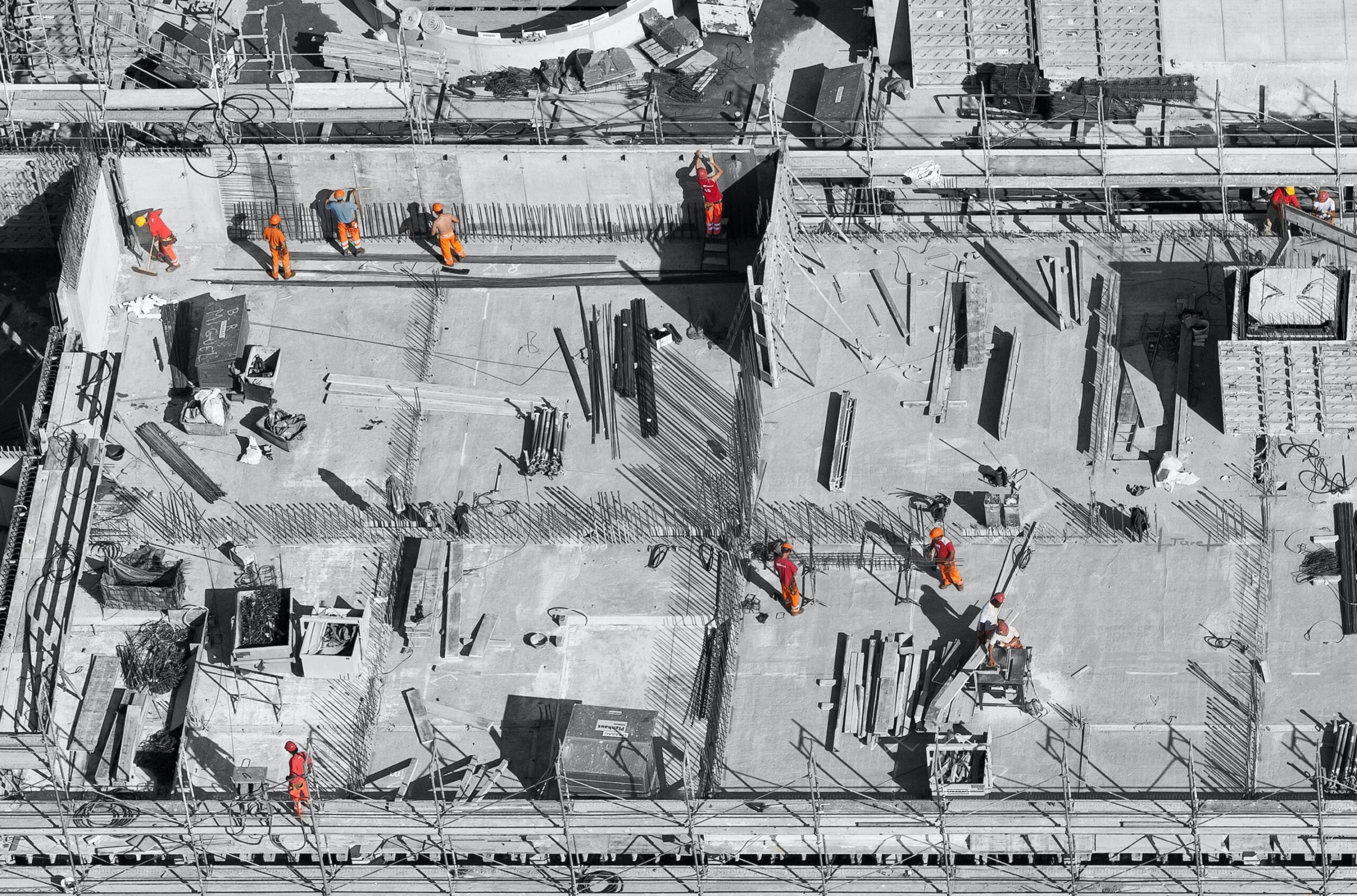Construction productivity loss is a pain point for any contractor. It can hurt the business’s bottom line, cause client frustration and ruin the brand’s reputation. However, reducing productivity loss to zero is an enormous undertaking. Embracing sustainable concepts — like locally sourced materials, lean thinking, regenerative design and tech-driven construction practices — will move the needle in efficiency.
What Are Locally Sourced Materials?
Locally sourced materials are products extracted, manufactured and purchased within the construction site’s region. They require less fuel to transport and less equipment to access.
The idea of using locally sourced building materials isn’t new. The abundance of local raw materials is consistent with regional architectural designs. For example, the American Southwest’s adobe houses are evidence of the indigenous Pueblo people’s resourcefulness. The Puebloans mix clay, sand and silt with native soil since wood is scarce in the area.
Furthermore, locally sourced raw materials are at the forefront of bio-based construction. The researchers at the University of Virginia have proven that it’s feasible to build geometrically complex structures with soil and seed — bio-based materials with lower embodied carbon than steel and concrete. Bio-based construction will reduce the demand for imported building materials when it goes mainstream.
Buying locally sourced products or renting regionally supplied equipment allows contractors to enjoy shorter lead times. Domestic raw materials are less susceptible to the effects of geopolitical events, like trade embargoes and wars, so relying less on imports is a plus from a construction efficiency standpoint.
What Is Lean Thinking?
Lean thinking is all about minimizing waste at every opportunity. This concept aims to eliminate the following:
- Product defects
- Overproduction
- Excess inventory
- Needless transportation of people, materials and equipment
- Unnecessary movement of people and equipment on-site
- Idle periods
- Redundant processes
- Unused talent
The above waste types can result from meeting a fluctuating demand from relevant parties, doing activities that add no value to the process or overextending workers. Lean thinkers can be mindful of waste sources by observing five principles — value, value stream mapping, flow, pull and perfection.
Value
Value is the driving force behind the client’s motivation to pursue the project. Every client wants punctual completion without going over budget, but what they find valuable about the project may outweigh speediness and cost. Determining what the client values from their point of view early is instrumental in focusing on what matters to approach construction sustainably.
Value Stream Mapping
Mapping the value stream means identifying every activity needed to realize what the client values. Subsequently, it involves recognizing the amount of labor and time and the kinds of material and equipment each activity needs.
Flow
Flow refers to the absence of barriers in the value stream. An efficient workflow consists of activities meaningfully contributing to finishing the project on schedule and workers free from cumbersome processes.
Pull
Pull planning is about bringing in subcontractors when needed. Managing their schedules is the key to ensuring they can begin their work as soon as possible and prevent downtime because of their unavailability.
Perfection
Perfection means continuous improvement. Perfecting construction practices is tricky because identifying and quantifying productivity loss is complicated, but lean thinkers tirelessly seek opportunities to eliminate waste along the way.
What Is Regenerative Design?
Regenerative design is about building structures that reverse ecological damage, like forests that absorb atmospheric carbon dioxide. One of the tenets of regenerative architecture is continual community engagement to discuss the residents’ concerns.
Clients can appreciate the merits of public consultation. Local communities are vital stakeholders whose voices developers should hear when planning construction. Understanding people’s fears and clarifying their misconceptions early on can put all parties on the same page. Ignoring public sentiments can lead to undesirable incidents that may cause construction setbacks and put workers in harm’s way.
What Are Tech-Driven Construction Practices?
Tech-driven construction practices are conscious efforts to use innovations to make building processes more efficient and safer. The best examples are Building Information Modeling (BIM), 3D construction printing, drones and robotics.
Building Information Modeling
BIM is the process of creating a detailed digital representation of a building. It allows real estate developers and construction professionals to collaborate when planning, designing and building a structure. This game changer has minimized prefabrication errors, perfecting modular components ahead of production.
3D Construction Printing
3D construction printing automates the production and application of building materials — like concrete and metal. A 3D printer can superimpose layers of material on-site or fuse metal particles together, supercharging the entire construction process, helping eliminate human error, reducing material waste and increasing job site safety.
Drones
Innovative construction companies that use drones fly them to survey sites for analysis, planning and design modeling. These pilot-less aerial vehicles can serve as an eye in the sky, keeping track of assets and documenting the project’s progress.
Robotics
Entrusting repetitive and hazardous tasks to construction robots can boost productivity and safety. Since machines are immune to fatigue and loss of focus, they can handle activities that require extreme precision well.
Mitigate Construction Productivity Loss
Construction delays are inevitable, but inexcusable causes of impediments to completion are preventable. Adopting locally sourced materials, lean thinking, regenerative design and tech-driven construction practices makes it possible to finish sustainable construction projects without a hitch.










